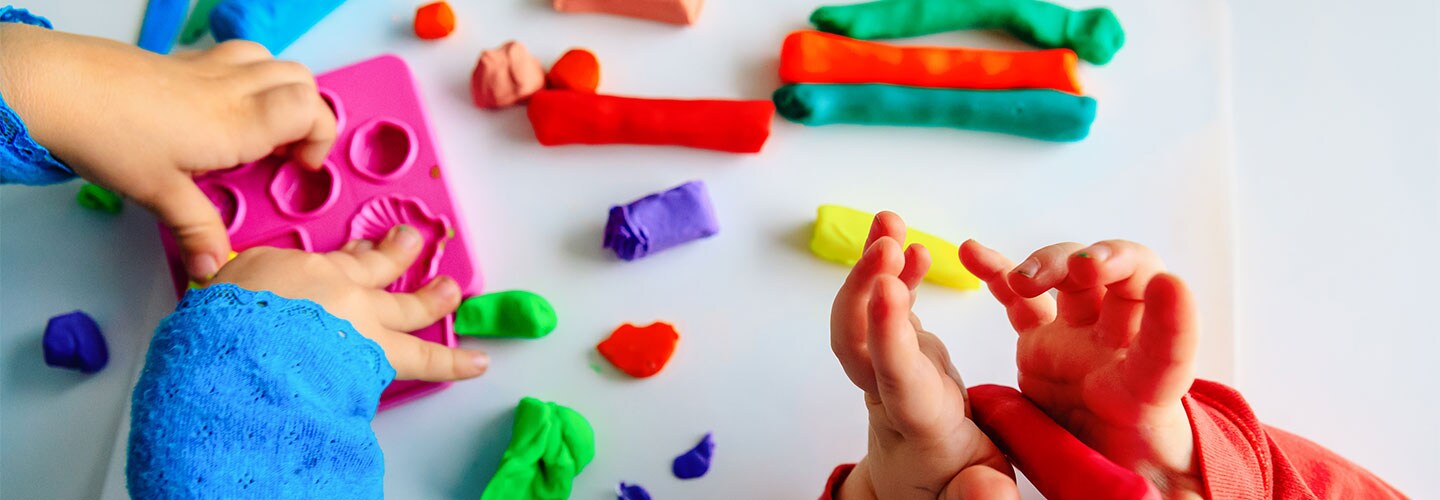What keeps people from exercising their creative potential? From negative past experiences to the way we see ourselves, there are many things that can hold us back, no matter how old we are. As teachers, it’s our job to help each individual find out what their creative barriers are, whether internal, external or imagined.
Our classrooms, therefore, need to become places where we nourish emotional safety and welcome mistakes. As such, we should encourage a culture that promotes failing as part of learning.
Here are three activities to help nurture creativity in the primary classroom.
Activity one: My whole self
In this activity, students express themselves in words and images, using a life-sized drawing of their bodies. The aim of this is to help them share their feelings and ideas. With a little adaptation, it can work just as well with teens and young learners.
Before the lesson, ensure you have enough cardboard or paper for each student. Each piece will need to be approximately 2m long. If you’re using paper, roll it into tubes, so it’s easier to distribute to each student later.
In class, hand out the paper/cardboard to each student. Tell them to draw a life-size outline of themselves on the paper. Students working online can copy the outline you share onto a large piece of paper. They can do this in their notebooks if they don’t have any paper to hand.
In teen classes
Tell the students that they are free to use their creativity. They should draw, write, and express themselves however they want. If they are stuck for ideas, ask them:
- How do you feel?
- What are your ambitions?
- What are you worried about?
- What do you enjoy?
- What are you looking forward to?
Note that questions should be adapted to your students’ age and level of English.
During the activity, your students can use colors, stickers, magazines – and anything that will help them express what is in their minds and hearts.
A note on using this activity in elementary classes
Primary-aged students will need more support. Here are some example instructions:
- In your right hand, write what you do when you feel frustrated.
- In your right foot, write your favorite song.
- In your left leg, write the name of the person you get good advice from.
- In your right arm, write what makes you happy.
- In your left hand, write your greatest dream.
- In your left foot, write which cartoon character you would like to be.
- In your left leg, write what you like to do in your free time.
- In your left arm, write things you value the most.
- On your stomach write your favorite meal.
Afterwards, students should explain what they’ve included in their silhouettes to the rest of the class. Encourage students to ask each other respectful questions.
Activity two: Message in the box
The aim of this activity is to establish a routine where students can share their ideas, thoughts and feelings on a regular basis.
Have students bring an old box into class (of any type). Encourage them to personalize their boxes with decorative paper, markers, crayons, stickers, etc.
Instruct students to write an idea, feeling, thought or question down. The complexity of the task will depend on the grade you teach and their level of English. Topic ideas include:
- What are you grateful for today?
- How do you feel today?
- What do you wish for?
- What do you do when you’re angry?
- What do you like most about yourself?
Have your students write their answers and put them in the box. When everyone has finished, they should take turns to choose a piece of paper at random and read it out loud to the group.
Wrap up this activity by asking the class, “What things do we have in common as a group?”. This way students will see that everyone has similar worries and dreams and hopefully they’ll be more willing to talk about their feelings in future classes.
Keep the box in a safe place and review the notes after a month to see if peoples' thoughts and feelings have changed since they did the activity.
Activity three: Activity story board
The ideal class environment is one where students feel challenged, but not overwhelmed. The aim of this activity is to have students reflect on the challenges they have faced in their day-to-day learning and think about what they need to do to improve.
On a blank piece of paper, ask students to draw two vertical lines and one horizontal line to form six boxes. They should number each box from 1 to 6. Students should then write a challenge or objective in box number six. It should be something that they would like to improve, for example, studying habits, reading skills, doing homework, getting better at exam results, etc. Then encourage them to think of five things they can do to help them reach their objective and write them in boxes 1-5.
- Read at least two paragraphs every day
- Draw what I think is the main idea on paper.
- Look up the meaning of words I don´t understand.
- Try to increase the number of paragraphs I read each week.
- Make a monthly progress chart to see if I have improved. If not, I need to work on another strategy.
- My objective: Ex. Get better at reading comprehension quizzes.
Provide students with your support and constructive feedback. Have them share their objectives with the rest of the class and every couple of weeks check how they are doing.
Remember to praise their ideas and efforts to improve. Students are more motivated when they feel their teachers are invested in their success.



